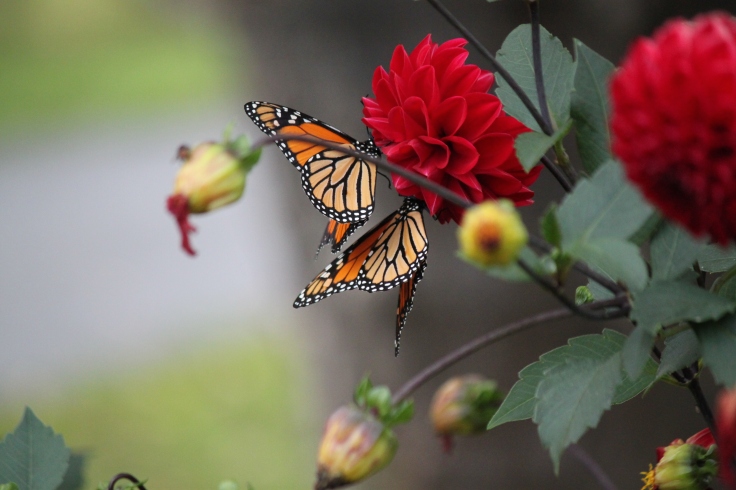
So, what does that mean exactly? Well, for me, it means to garden with an eye toward creating a sanctuary for birds, pollinators, other insects, reptiles, and other wildlife. To create an environment free of the toxins—the herbicides, pesticides and synthetic fertilizers that are poisoning us and the world around us—in which the local wildlife can eat, breath and reproduce without harm (at least intentional harm from me; I have no control over the natural predatory instincts of others). It’s actually surprisingly easy to do, if you’re paying attention.
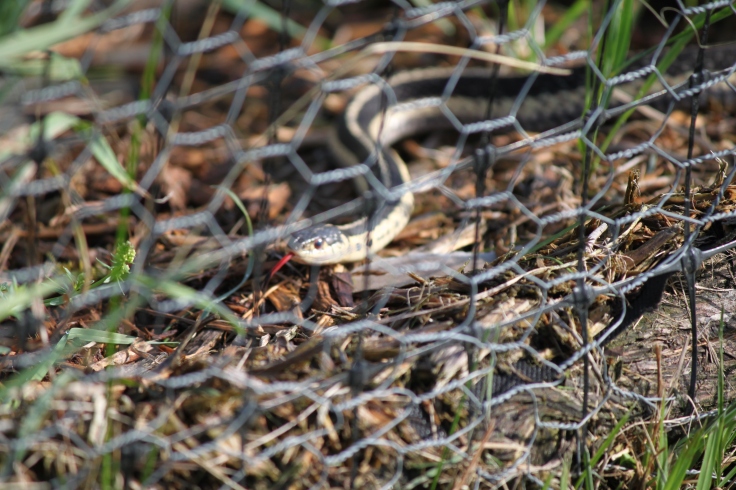
One of the many wonderful things about gardening is that gardens are chock full of life; not only plants, but mammals, reptiles and insects of all shapes, sizes and colors. Even if you garden without wildlife in mind, many will show up anyway. However, if you use toxins in your garden, you are—whether intentional or not—contributing to the very real degradation and destruction of the delicate ecological balance that exists on our marvelous planet.
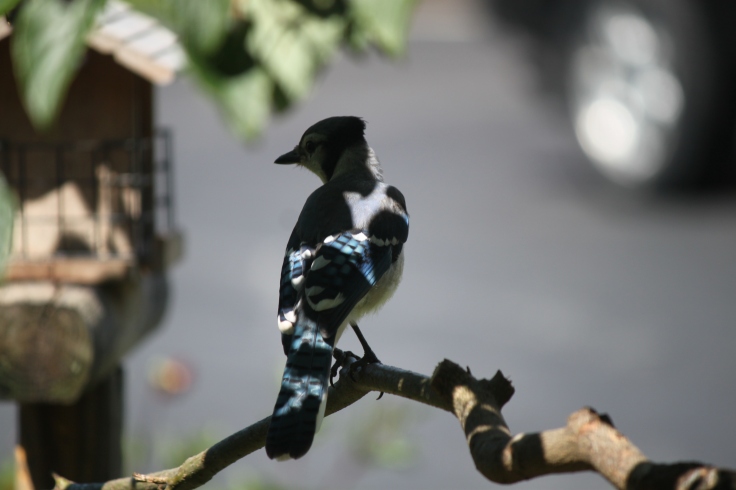
So, step one in becoming a wildlife gardener – put aside all of those nasty chemicals and noxious powders and learn to embrace organic gardening, pests and all!
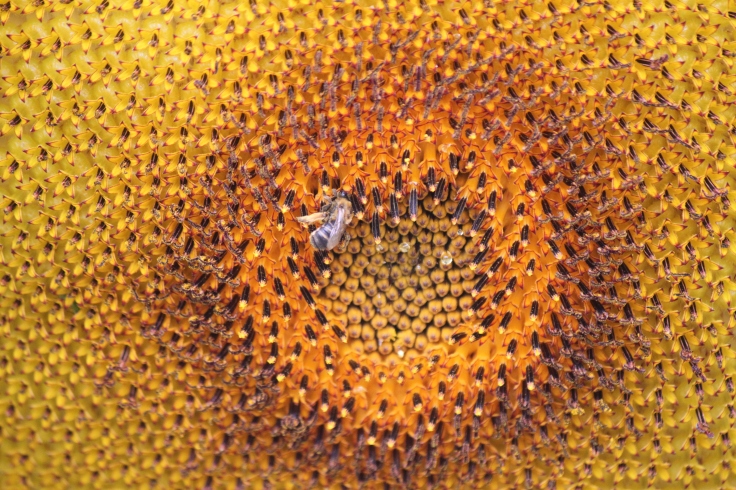
Step two is to garden specifically with wildlife in mind through plant selection and habitat construction; adding plants that are native to your area is loads more effective in providing a habitat that will attract insects that will in turn provide food for local birds. Again, this is simpler than it may sound.
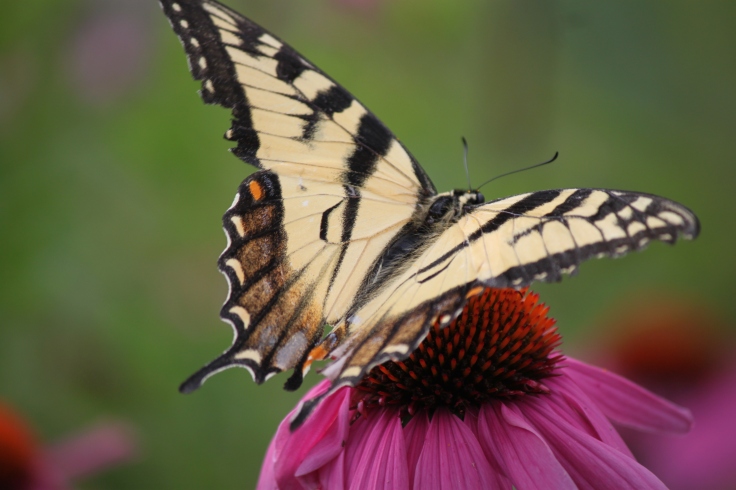
My gardens happen to be in the country. We have 52 acres, the majority of which are woodland and wetlands. When we bought the place, the 5 acres near the house were mostly lawn, pasture and some flower borders near the house with the occasional tree and shrub. Since I began gardening in earnest in 2012, we now have a potager (mixed vegetables, herbs, flower and berry garden), small orchard with a mix of apple, plum, pear and cherry trees, as well as blueberries, raspberries, and currants, and various mixed borders around the house with annuals, perennials and shrubs.
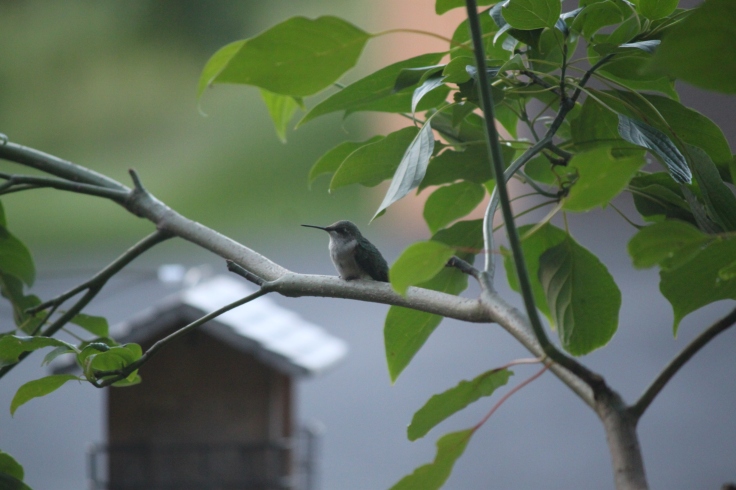
But it’s also possible to garden for wildlife in a suburb or a city.
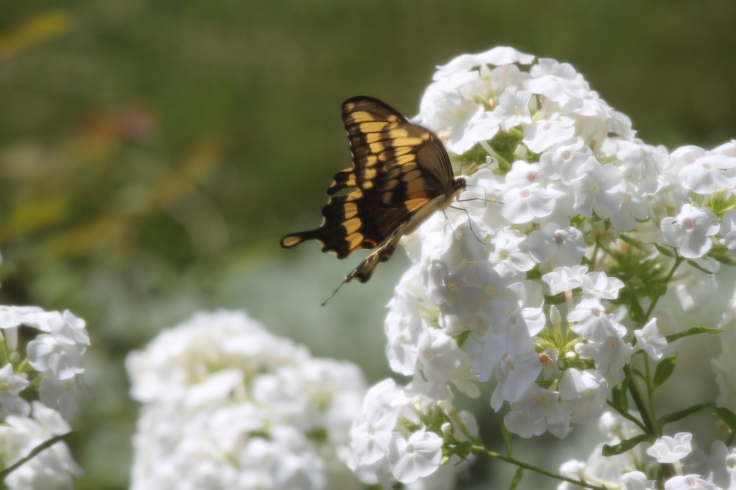
What you will learn, as you steer in this direction, is that there are an infinite number of unexpected benefits to enticing a wider array of wildlife into your garden. Nature is wondrously interconnected. When our actions upset that balance, the ramifications can be immense.
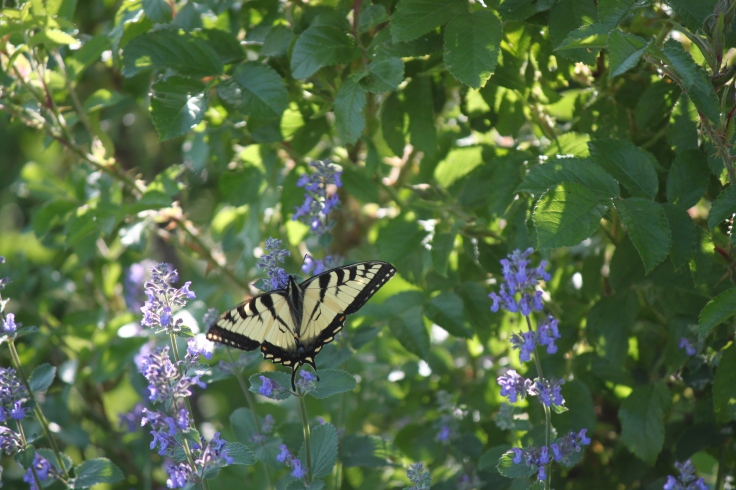
When we encourage this interconnectedness, the results can be magical. Gently turn over the compost in your compost pile and you’ll discover a miniature universe filled with millipedes, woodlice, and earthworms—and thousands upon thousands of microscopic beings—that work furiously and constantly to break down the organic matter in the pile until it becomes the rich, sweet goodness we know as compost.

Look closely at a rose and you may see hoverflies and lady bugs feasting on aphids. The lesson is this – you can plant to attract beneficial insects and birds that will in turn feed on “pests.” You do not need toxic sprays. You can plant to provide much needed, toxin free, pollen for pollinators and insects for local birds.
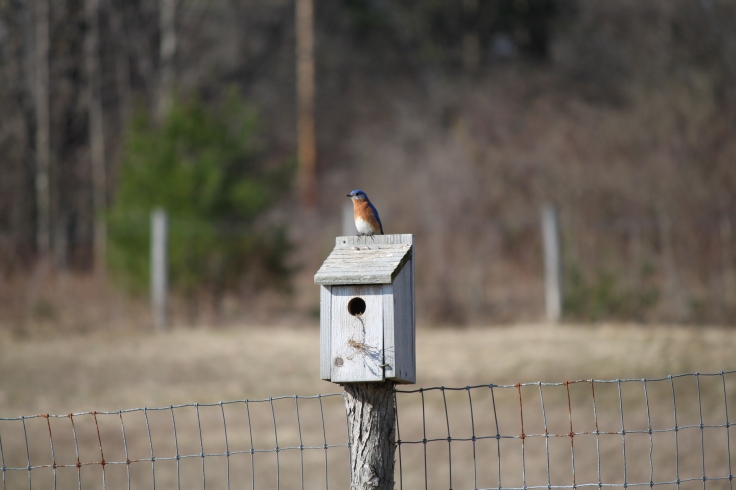
You can create habitats to encourage reptiles and other small animals to take up residence on your property.
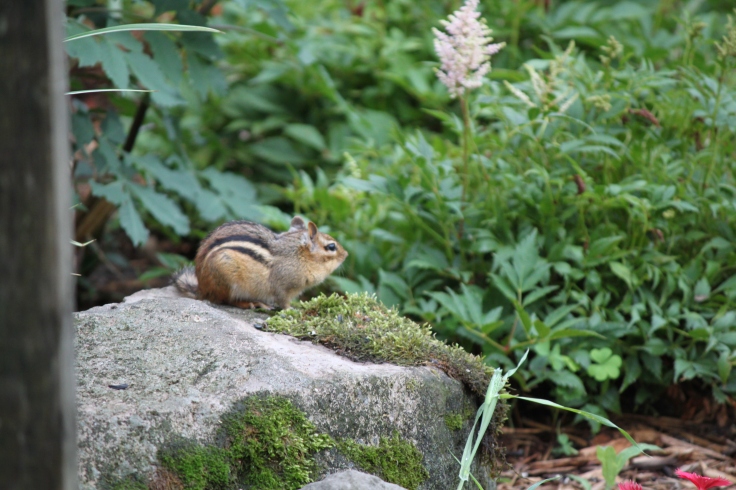
I’ll write about specific ways to do so in later posts, but for now know you just need to garden with the basic needs of wildlife in mind; every species needs shelter, food and water.
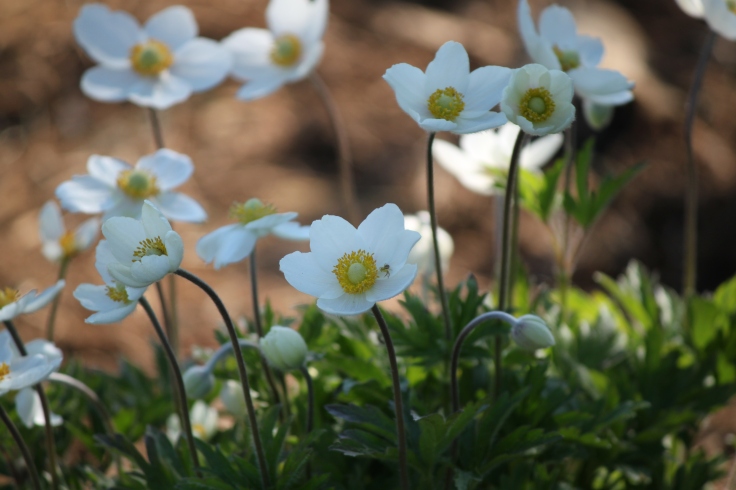
Plant, plant, plant! and plant organically — be a part of the solution.

Brilliant post with lovely images, thank you.
LikeLiked by 1 person
You know, I do not intend to garden organically. It just works out that way. With proper horticultural techniques, pesticides are rarely useful. Plants that require chemicals simply should not be grown. There are plenty of other choose from. Aggressive pruning keeps fruit trees growing vigorously in an unnatural way, but protects them from pathogens without the use of chemicals. Gardening is naturally very unnatural. People to not think of it like that, but it is. All of my fruit trees are not native. They get pruned unnaturally. Yet, if properly worked with, they are not detrimental to the environment. There are ways to balance the unnatural with the natural in a responsible way.
LikeLike
Great post. Amazing photos and excellent reminder about the interconnectedness of all things. I hope you enjoyed your birthday, card is a little late.
LikeLiked by 1 person
Thanks Dee, glad you enjoyed the post. Hope all is well.
LikeLike
I love the photos on this blog. They’re so clear, and perfect pictures of the creatures in your garden. We started our olive farm (previous garden) on 30 acres of clapped out sheep paddock and over a period of time our plantings attracted some wonderful birds and animals. We try to do the same kind of gardening here in town. I’m not that happy about finding poisonous snakes in the compost though!
LikeLiked by 1 person
Thanks so much. We thoroughly enjoy taking the photos, and I can’t wait until spring finally arrives and I can be out in the garden once again. And yes, I have to say finding poisonous snakes in the garden (or house) would not make me happy either. Fortunately we don’t have to worry about that here in northern NY. We supposedly have copperheads, which are poisonous, but I’ve yet to see one. Just cute little garter snakes…
LikeLiked by 1 person
What a great post and stunning photographs
LikeLiked by 1 person
Lovely shots, thanks a lot for sharing! Stay in touch, following your blog!
LikeLike
Hi all, here every one is sharing such know-how, therefore it’s pleasant to read this webpage, and I
used to visit this website everyday.
LikeLike